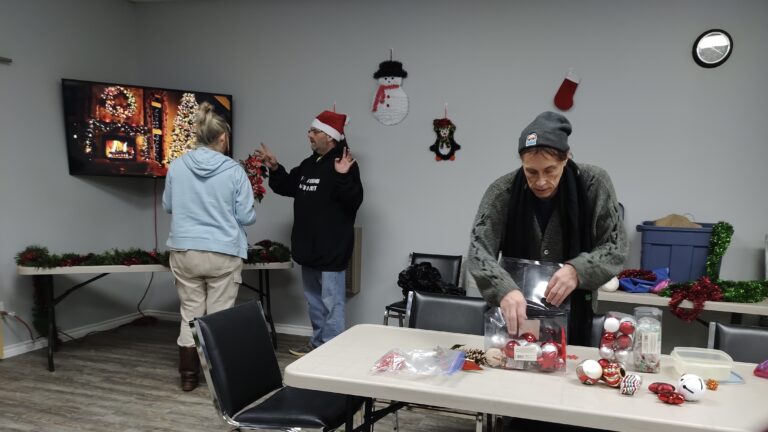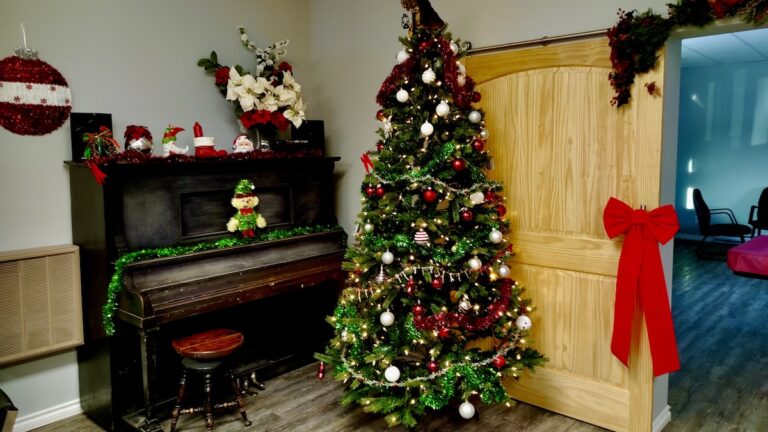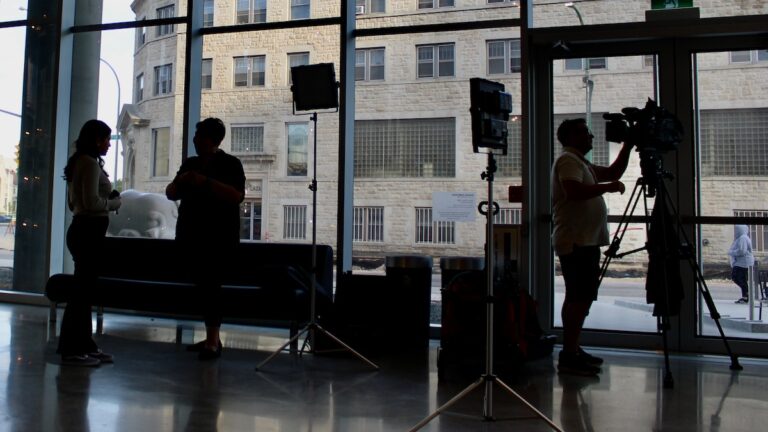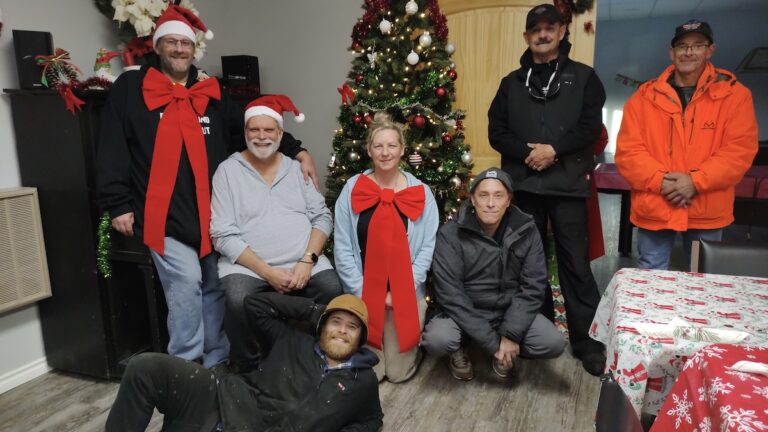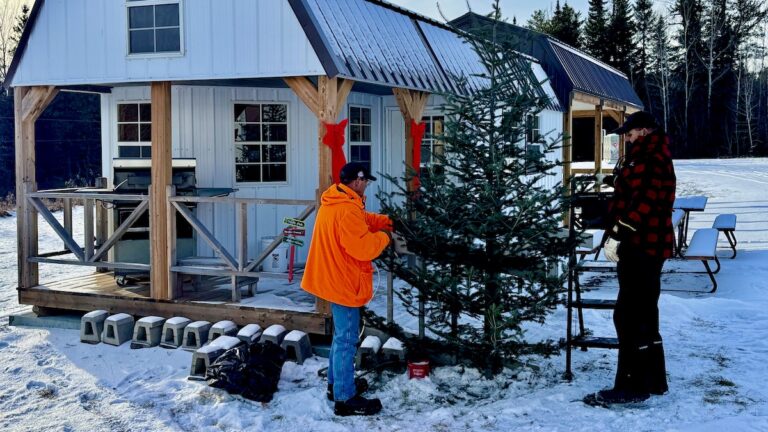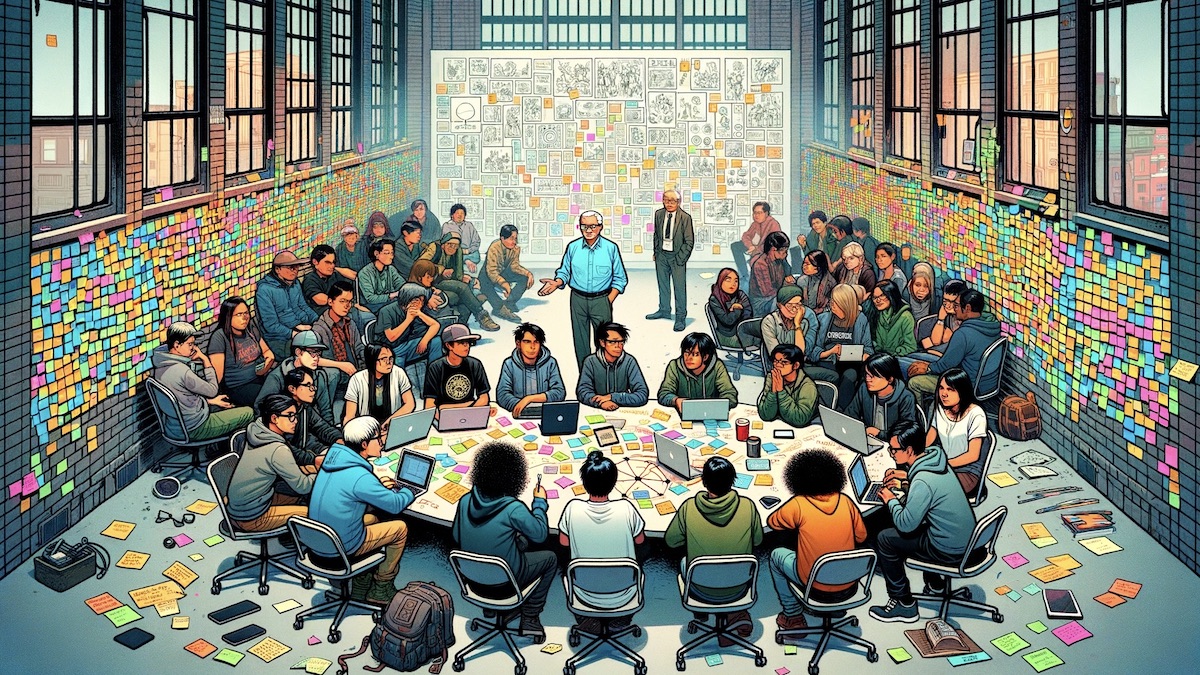
Effective Communication for the Arts
Each month we take on a different them related to arts and capacity building. One we focus on a lot, and that we’re talking about right now, is communicating the impacts and outcomes of our work. That’s right. Communication.
Yesterday, we had a fantastic discussion about a core challenge facing the arts today: communication. Led by Jamie and Krish, our conversation highlighted a persistent issue—many arts organizations and individual artists are not communicating as effectively as they could be. This isn’t usually due to a lack of talent or passion, but often a lack of organizational capacity or, sometimes, simply not recognizing the critical importance of strategic communication.
A central theme was the need to move beyond traditional thinking and embrace a more integrated approach to promoting programs, opportunities, and artists’ work. While advertising plays a role, communication for the arts is about so much more than just event promotion. It’s about building a sustainable model where artists can sell their creations online, build their audience, and foster deeper engagement with their community.
One of the key areas we explored was the over-reliance on a single platform. We found that many organizations focus almost exclusively on social media. While platforms like Instagram and Facebook are vital for reaching specific audiences, they should not be the only tool in the box. A surprising number of organizational websites we looked at were essentially dormant—one hadn’t been updated in two years, another in five. Some organizations in Northwestern Ontario don’t even have a web site! This is a missed opportunity. We also talked about how AI-powered tools can help with things like taking minutes, editing reports and analyzing data.
The Power of a Central Hub
While social media is essential for real-time updates and community interaction, a corporate website serves a different, equally important purpose: it acts as a central, authoritative source of information. Think of it as your digital home base. People who are genuinely interested in your work, whether they’re potential patrons, collaborators, or journalists, will often go directly to your website for in-depth information. When they arrive and find a ghost town, it sends a message—intended or not—that the organization may not be active or professionally managed.
An updated, engaging website allows you to control the narrative. You can showcase your full body of work, provide detailed artist bios, share stories behind your projects, and offer clear calls to action, whether it’s to buy a ticket, purchase a piece of art, or sign up for a newsletter. This is content you own, unlike the fleeting posts on a social media platform that is governed by an ever-changing algorithm.
Integrating Your Strategy
The most effective communication strategy is one that integrates all your channels. Social media posts should drive traffic back to your website, where people can find more detailed information and convert their interest into action. For example, a quick Instagram story about a new exhibition can link directly to a dedicated page on your site with high-resolution images, artist statements, and ticket-purchasing options. This creates a seamless journey for your audience and ensures that your website isn’t just a static digital brochure but a dynamic hub of activity.
It’s also important to remember that not everyone is on the same social media platforms. By maintaining a robust website, you ensure that your information is accessible to a wider audience, including those who may not be active on social media at all. Your website can serve as an archive of your achievements, a portfolio of your work, and a testament to your organization’s longevity and professionalism.
Looking Ahead
Next week we’ll be interviewing Jamie Bell from The Arts Incubator. He’s worked in public affairs, media and communication for a long time, and is one of the mentors for this year’s program. He’s going to give us examples and strategies of how small, northern arts groups can improve their outreach. We’ll also learn about some of the new tools and technologies that are out there to take the load off artists so they can “work smarter, not harder.”
As we look forward to next month’s discussions, the challenge is clear: how can we help arts organizations better connect and communicate? The answer lies in fostering a culture where communication is seen not as an afterthought but as an integral part of artistic practice and organizational health. Investing in our digital presence—both on social media and on our own websites—we can bridge the communication gap and build a stronger, more engaged community around the arts.

